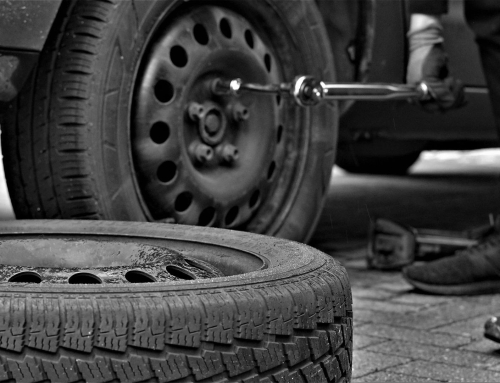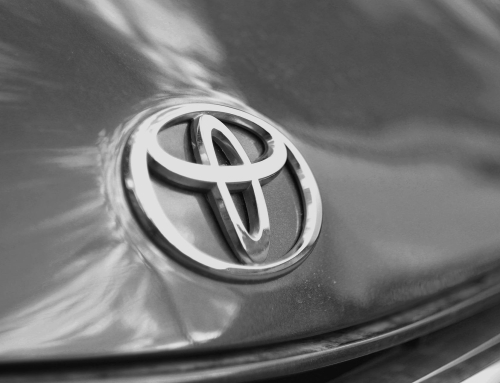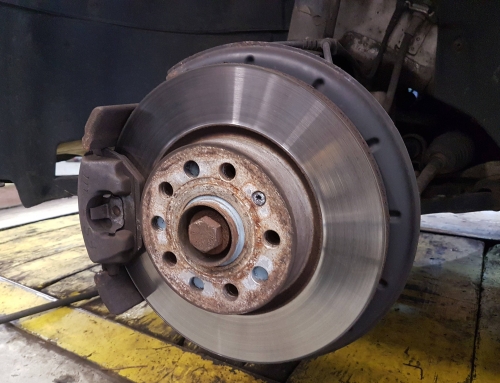Acura, Honda’s luxury vehicle division, was introduced in 1986 to compete in the high-end automotive market. Offering a range of models from compact sedans to spacious SUVs, Acura combines performance and luxury, making it a popular choice for many drivers. However, regular maintenance is crucial to maintaining optimal performance and longevity. If you’re wondering “what maintenance services are recommended for my Acura,” this guide will walk you through the key service milestones and help you keep your car in top condition.
Contents
Importance of Regular Maintenance for Your Acura
Maintenance is essential to vehicle ownership, ensuring that your Acura operates smoothly for years. Many car owners neglect regular servicing, only addressing issues when they arise. However, staying proactive with scheduled maintenance can prevent costly repairs and help avoid breakdowns. If you are new to owning an Acura or want to ensure you’re following the correct schedule, this guide will help you understand the key maintenance services for your vehicle.
Acura Maintenance Schedule: What You Need to Know
Acura provides specific maintenance intervals to help owners keep their vehicles running in peak condition. Below is an outline of recommended services at key mileage markers for your Acura.
7,500 Miles: Initial Maintenance
At the 7,500-mile mark, your Acura will need its first primary service. This includes various inspections and essential maintenance tasks to ensure your vehicle performs appropriately. The following inspections are recommended at this stage:
- Cabin air filter
- Air conditioning refrigerant
- Battery testing
- Brake lines, hoses, and connections
- Exhaust system (muffler and pipes)
- Brake pads, calipers, and rotors
- Steering gearbox and linkage
- Suspension mounting bolts and joints
- Vacuum hoses
In addition to these inspections, you should also complete the following:
- Oil Change: Regularly changing the oil is vital to running your engine smoothly. Your Acura’s oil change indicator will help determine the optimal time for an oil change.
- Oil Filter Change: Replacing the oil filter is essential for maintaining engine cleanliness by preventing dirt and debris from circulating in the motor oil.
- Tire Rotation: Tire rotation is a necessary task that helps ensure even tire wear. Factors like driving style and road conditions contribute to uneven wear, and rotating your tires helps extend their lifespan.
15,000 Miles: Continued Maintenance
When your Acura reaches 15,000 miles, the routine maintenance continues. At this stage, the following services should be performed:
- Oil and Oil Filter Change: Keeping up with oil changes is essential.
- Tire Rotation: Rotating your tires at every maintenance interval helps maximize tire life.
- Multi-Point Inspection: Various vehicle components will be thoroughly checked to ensure good working order.
In addition, you will need the following services:
- Cabin and Engine Air Filter Replacement: Changing the air filters helps maintain clean air in the cabin and ensures the engine operates efficiently.
- Fuel System and Fuel Lines Inspection: Inspecting these components helps prevent fuel system issues and ensures your Acura runs smoothly.
- Drive Axle Boots and Seals Inspection: These parts are crucial for adequately functioning your vehicle’s drivetrain.
30,000 Miles: Routine Maintenance Repeats
When your Acura hits 30,000 miles, it’s time to repeat the procedures you performed at the 7,500 and 15,000-mile intervals. Alongside the standard services, it’s important to inspect components such as the drive belts for any signs of wear and tear.
45,000 Miles: Additional Inspections
At 45,000 miles, continue following the recommended maintenance schedule from earlier intervals, but there are a few more services to include:
- Parking Brake Inspection: Make sure the parking brake is functioning correctly.
- Rear Differential Fluid Change: This ensures the rear axle operates smoothly.
- Brake Fluid Exchange: Flushing and replacing the brake fluid ensures optimal braking performance.
Ongoing Maintenance After 45,000 Miles
As your Acura approaches higher mileage, specific maintenance tasks must be revisited periodically.
60,000 Miles: Key Fluid Exchanges
By the time your Acura reaches 60,000 miles, you should include an automatic transmission fluid exchange and your regular oil changes and tire rotations.
75,000 Miles: Additional Fluid Changes
Ensure that the rear differential fluid and any standard maintenance services are replaced at the 75,000-mile mark.
90,000 Miles: Routine Maintenance Review
Your Acura should undergo the same checks and services at 90,000 miles as it did at the 30,000—and 45,000-mile intervals.
105,000 Miles: Major Service Milestone
Once your Acura hits 105,000 miles, it’s time for major maintenance. This is a crucial point for your vehicle, and a comprehensive inspection should be performed. This includes:
- Timing Belt Replacement: A key part of the engine’s timing mechanism, the timing belt should be replaced to prevent engine damage.
- Spark Plug Replacement: Replacing spark plugs helps maintain engine performance and fuel efficiency.
Why Following the Acura Maintenance Schedule is Essential
Failing to perform regular maintenance may lead to expensive repairs and unforeseen failures. Key parts such as the engine, brakes, and suspension can be damaged without the necessary attention. To ensure your Acura runs efficiently for years, following the manufacturer’s recommended service intervals and staying on top of any maintenance needs is essential.
Adhering to the maintenance schedule outlined above will keep your Acura performing at its best, maintain its value, and avoid unnecessary repairs. If you’re ever unsure about what services are recommended for your Acura, it’s always best to consult a professional service technician to ensure everything is in top condition.
To summarize, consistent upkeep is crucial for prolonging the lifespan of your Acura and ensuring it runs optimally. Following the proper schedule, from oil changes to fluid exchanges, will keep your car running smoothly and prevent costly repairs.






